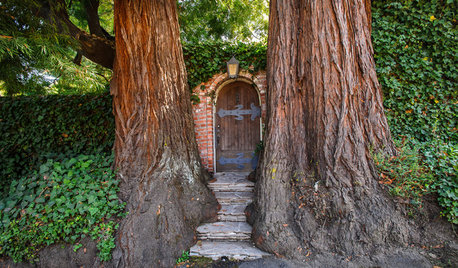Camellia murderer
helenawall
14 years ago
Related Stories

FURNITUREWhy It's OK to Hate Your New Custom Sofa
It takes time to get used to bold new furniture, but dry your tears — the shock can be good for you. Here's what to expect
Full Story
FUN HOUZZ14 Gardens Straight Out of Fairy Tales
Escape into landscapes that conjure the magical worlds of folklore and literature
Full StorySponsored
Your Custom Bath Designers & Remodelers in Columbus I 10X Best Houzz
More Discussions






theoriginaldawgone
helenawallOriginal Author
Related Professionals
Summit Landscape Architects & Landscape Designers · Roxbury Crossing Landscape Architects & Landscape Designers · Addison Landscape Contractors · Arden-Arcade Landscape Contractors · Berkeley Heights Landscape Contractors · Camp Verde Landscape Contractors · Chelmsford Landscape Contractors · Concord Landscape Contractors · Darien Landscape Contractors · Davis Landscape Contractors · La Verne Landscape Contractors · Peoria Landscape Contractors · Porterville Landscape Contractors · Fontana Swimming Pool Builders · Redan Swimming Pool BuildershelenawallOriginal Author
theoriginaldawgone
luis_pr
jay_7bsc
User
Embothrium